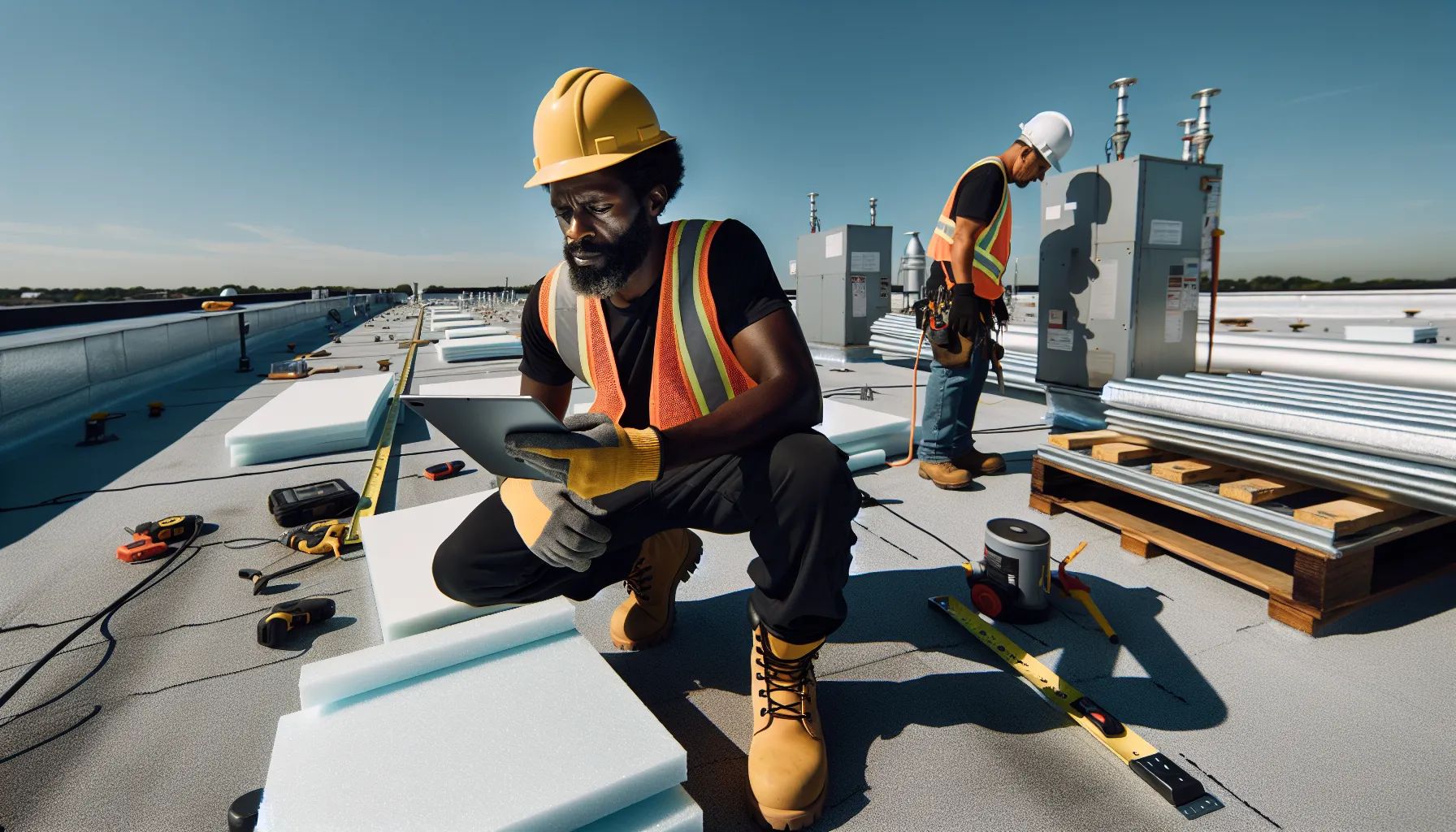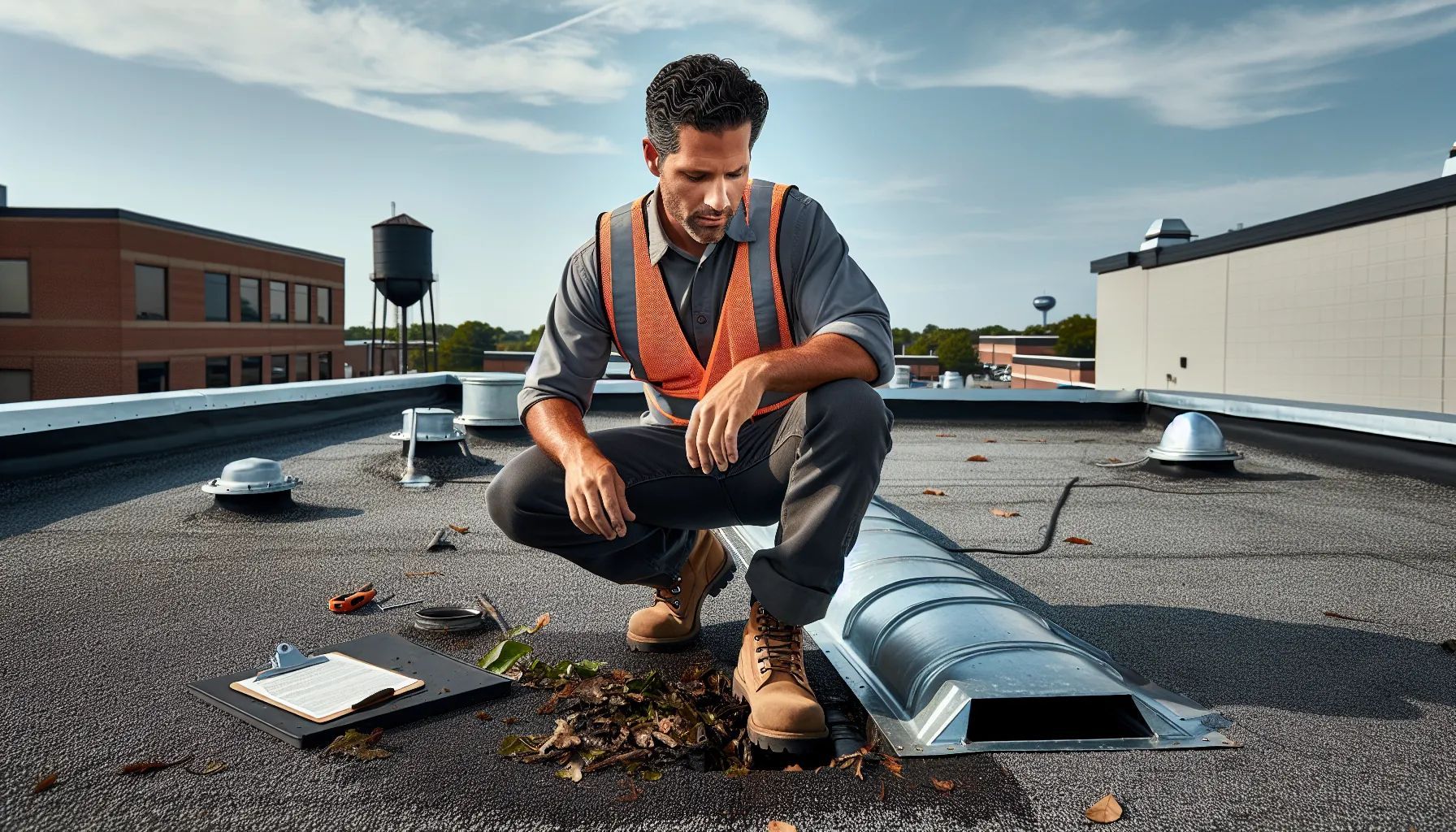What Does a Roof Inspector Do
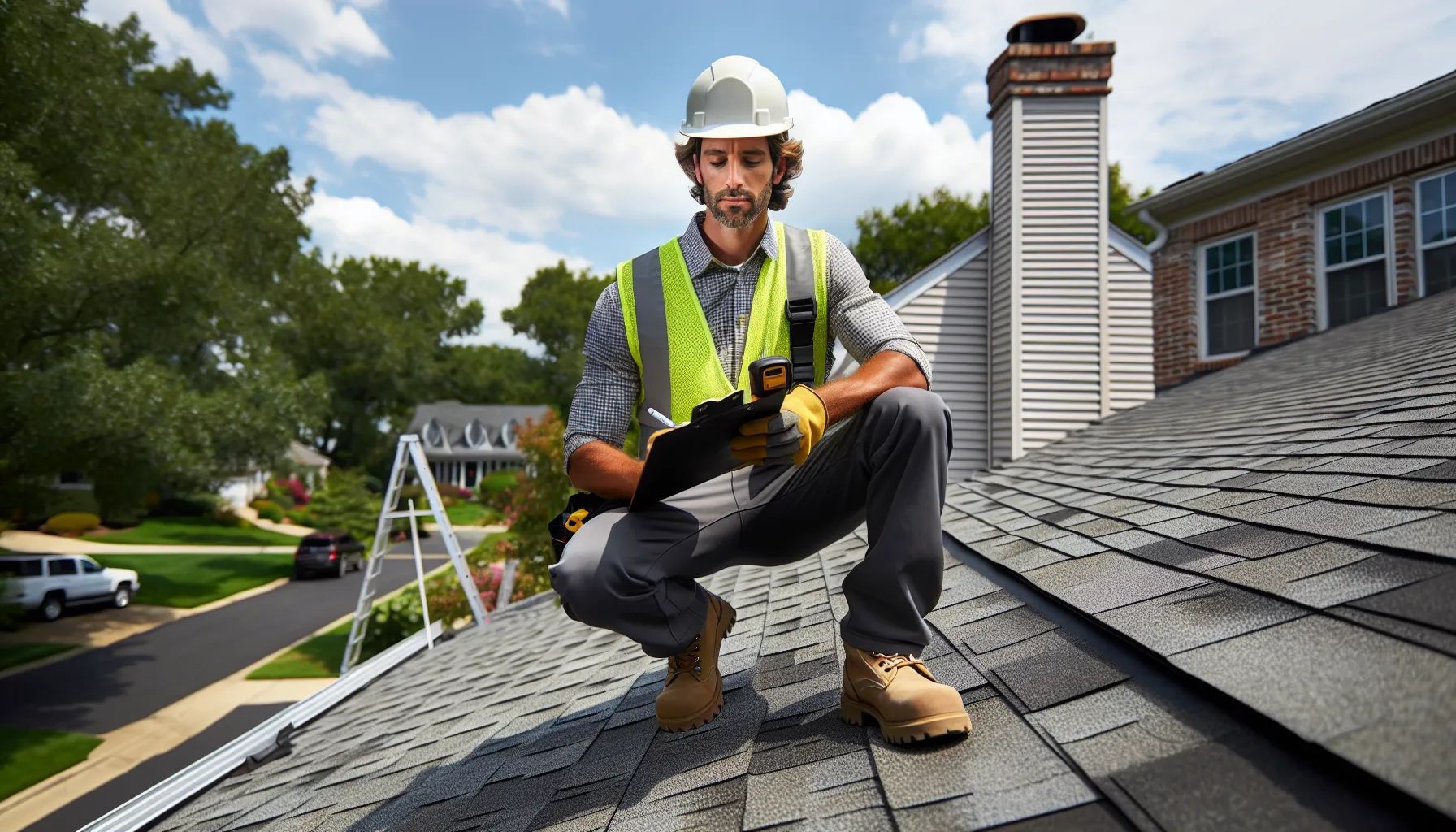
A roof inspector is a trained professional who evaluates residential and commercial roofs to identify damage, wear, and structural issues. We rely on these specialists to protect one of our home's most valuable assets, the roof above our heads. Whether you're preparing to buy a house, recovering from a storm, or simply want to ensure your roof remains in good shape, understanding what roof inspectors do can save you time, money, and stress. Their work goes far beyond a quick visual check, and the insights they provide can prevent major problems before they escalate.
The Primary Responsibilities of a Roof Inspector
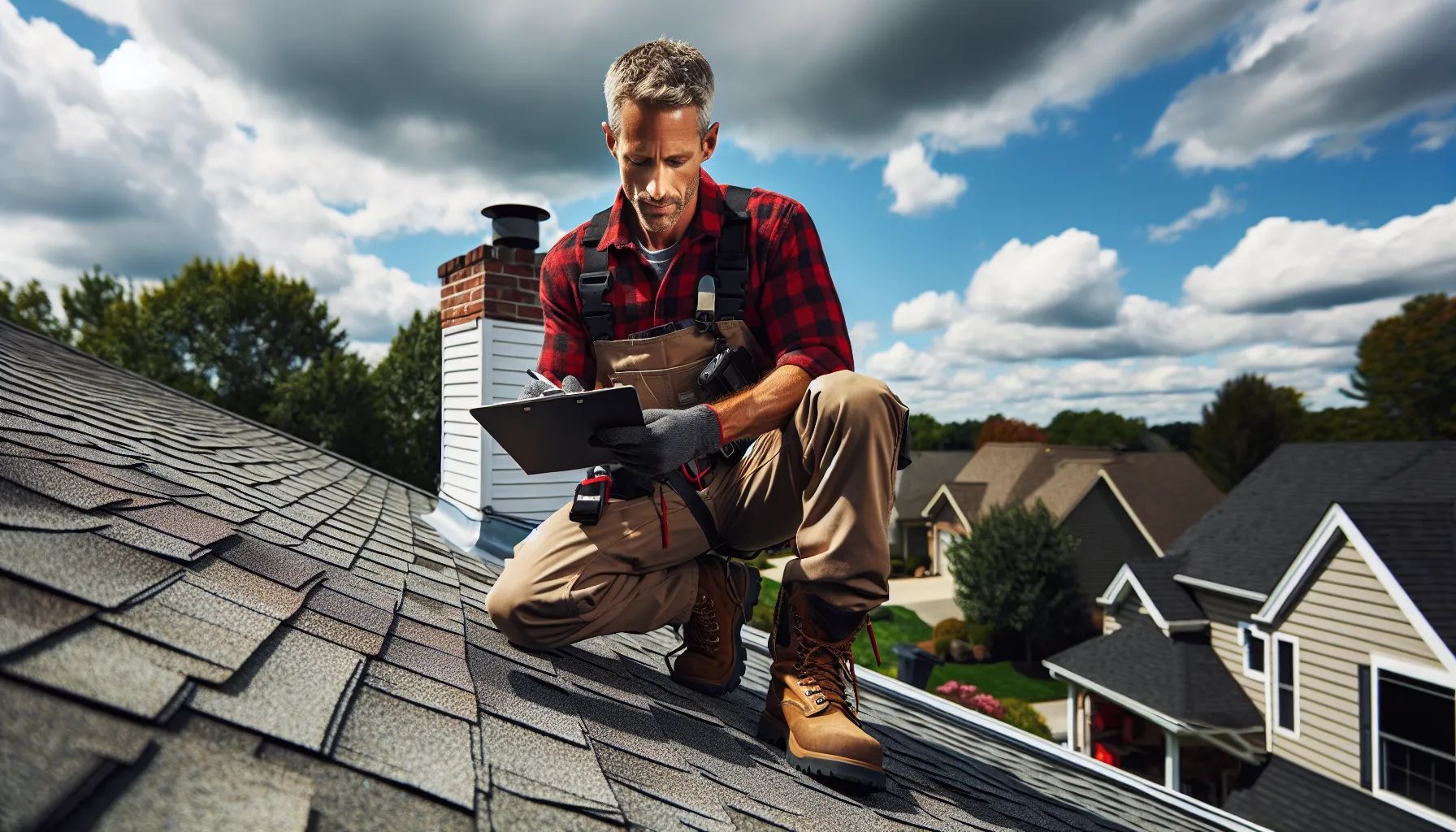
Roof inspectors carry a range of responsibilities designed to give property owners a clear picture of their roof's condition. We depend on them to conduct thorough site visits, document what they find, and communicate results in a way that helps us make informed decisions.
Visual Inspection of Roof Components
The core of any roof inspection is the visual examination. Inspectors walk the roof surface when it's safe to do so, checking shingles for curling edges, missing pieces, or cracks that indicate age or storm damage. They examine flashing around chimneys, vents, and skylights to confirm proper sealing and prevent water intrusion. Gutters and drainage systems get scrutinized for clogs, detachment, or improper slope that could lead to water pooling. Inside, inspectors look for signs of water damage, mold, leaks, or rot in attics and along ceilings. This visual sweep captures the obvious issues and often hints at hidden problems lurking beneath the surface.
Identifying Damage and Wear
Once the visual inspection is complete, roof inspectors identify specific damage and wear patterns. Minor leaks, damaged shingles, and worn flashing are common findings that can escalate quickly if ignored. Inspectors also spot areas with structural weakness, sagging sections, or poor installation work that compromises the roof's performance. Ventilation and insulation problems contribute to mold growth and high moisture levels, and a skilled inspector will catch these issues early. By pinpointing exactly where damage exists and how severe it is, inspectors help us prioritize repairs and avoid unnecessary expenses.
Assessing Structural Integrity
Beyond surface-level damage, roof inspectors evaluate the underlying support structures. They check the roof deck for sagging, soft spots, or water infiltration that could signal deeper rot or framing issues. This structural assessment is critical because even a roof that looks fine from the outside can hide serious problems in the decking or rafters. Inspectors use their training to identify red flags like uneven planes, bounce underfoot, or discoloration that suggests moisture has penetrated the substrate. Understanding structural integrity ensures we address not just cosmetic damage but the foundation of the roofing system itself.
Key Areas a Roof Inspector Examines
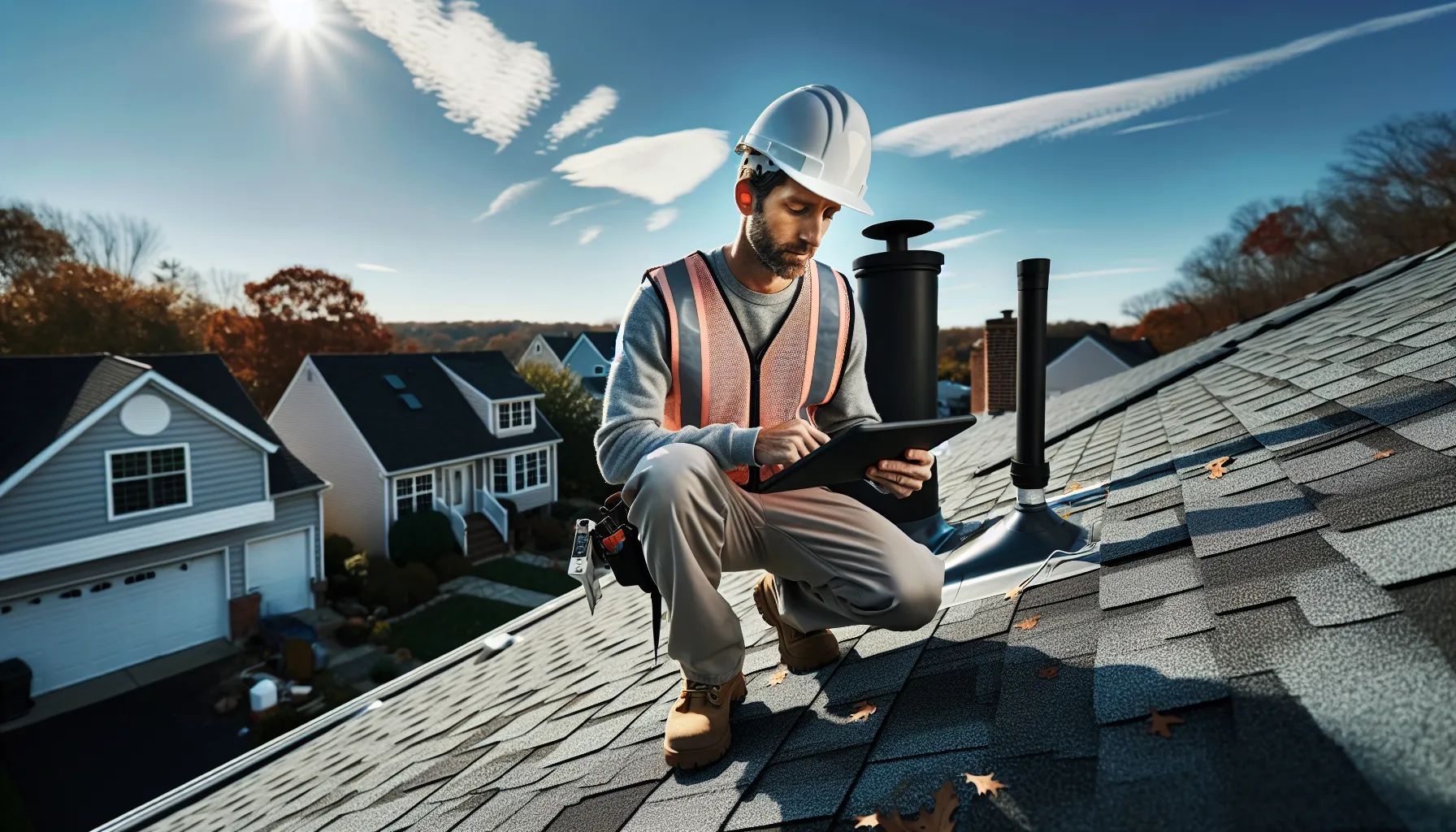
Roof inspectors focus on several specific areas during their evaluations. Each zone plays a unique role in keeping water out and maintaining energy efficiency, so we need a comprehensive look at all of them.
Roofing Materials and Shingles
Shingles are often the first line of defense against weather. Inspectors examine asphalt, wood, metal, or tile shingles for signs of aging, granule loss, cracking, or lifting. They note the overall condition and estimate remaining lifespan based on wear patterns. Missing or damaged shingles create entry points for water, so documenting their state is a top priority. We appreciate when inspectors provide photos and clear descriptions, making it easy to see what needs attention.
Flashing and Seals
Flashing is installed around roof penetrations, chimneys, vent pipes, skylights, and valleys, to direct water away from vulnerable joints. Inspectors check that flashing is secure, properly sealed with caulk or roofing cement, and free from rust or gaps. Damaged or improperly installed flashing is a leading cause of leaks, so this area receives close attention. Seals around these joints can deteriorate over time, and catching failures early prevents costly interior water damage.
Gutters and Drainage Systems
Gutters and downspouts channel water off the roof and away from the foundation. Inspectors look for clogs filled with leaves or debris, sagging sections, and detached hangers. They also check that downspouts direct water far enough from the house to prevent pooling near the foundation. Poor drainage can lead to roof edge rot, fascia damage, and even basement flooding, so ensuring these systems function properly is essential.
Ventilation and Insulation
Proper attic ventilation and insulation regulate temperature and moisture levels. Inspectors assess intake and exhaust vents to confirm adequate airflow, which prevents heat buildup in summer and condensation in winter. Insufficient ventilation can cause shingles to age prematurely and foster mold growth. They also check insulation levels and placement, noting areas where heat loss or moisture infiltration might occur. Balancing ventilation and insulation protects both the roof and the home's interior comfort.
When Do You Need a Roof Inspector
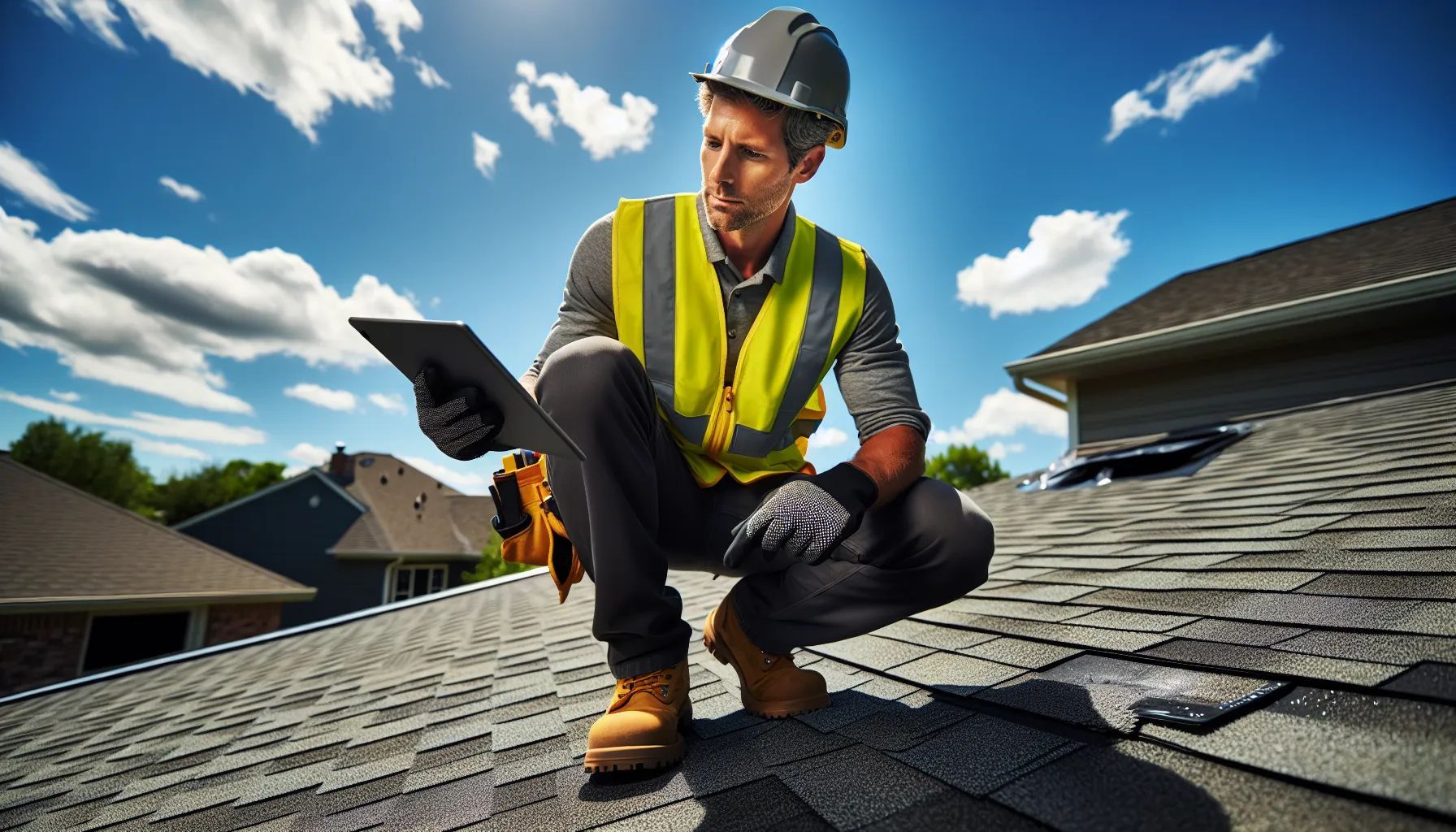
Knowing when to call a roof inspector can save us from unexpected repair bills and give us confidence in major decisions. There are a few key moments when scheduling an inspection makes the most sense.
Before Buying or Selling a Home
A pre-purchase roof inspection protects buyers from inheriting costly problems. We want to know if a roof will need replacement soon or if hidden damage exists that wasn't disclosed. For sellers, providing a recent inspection report builds trust and can speed up negotiations. Real estate transactions hinge on transparency, and a roof inspection delivers clear evidence of condition, helping both parties agree on fair terms or necessary repairs before closing.
After Severe Weather Events
Hail, high winds, and heavy rain can cause significant damage that isn't always obvious from the ground. After a storm, we should have an inspector assess the roof for dents, displaced shingles, or compromised flashing. Insurance claims often require professional documentation of storm damage, and inspectors provide the detailed reports adjusters need. Acting quickly after severe weather ensures we catch damage before it leads to leaks or structural issues, and it keeps insurance claims on track.
For Regular Maintenance
Preventive maintenance is one of the smartest investments we can make. Scheduling a roof inspection every few years, or as recommended by the manufacturer, helps us spot minor issues before they become major repairs. Regular inspections extend the roof's lifespan by enabling timely fixes like replacing a few shingles or resealing flashing. This proactive approach saves money over time and gives us peace of mind that our roof is performing as it should.
What to Expect During a Roof Inspection
Understanding the inspection process helps us prepare and know what deliverables we'll receive. Roof inspectors follow a systematic approach to ensure nothing is overlooked.
The Inspection Process
A typical roof inspection begins with an exterior walk-around to assess overall condition and identify access points. If safe, the inspector climbs onto the roof to examine shingles, flashing, and penetrations up close. They may use drones equipped with cameras to inspect steep or unsafe sections without risking injury. Infrared scanners can detect hidden moisture in the roof deck that isn't visible to the naked eye. Inside, the inspector checks the attic for signs of leaks, proper ventilation, and insulation quality. The entire process usually takes one to two hours, depending on roof size and complexity. We appreciate inspectors who explain what they're doing and answer questions on the spot.
Documentation and Reporting
After the physical inspection, the inspector compiles findings into a written report. This document includes detailed descriptions of each area examined, photographs highlighting problem spots, and recommendations for repairs or further evaluation. Some reports also estimate the remaining lifespan of the roof and prioritize issues by urgency. We rely on these reports to plan maintenance budgets, negotiate with contractors, or submit insurance claims. Clear, thorough documentation makes it easier to understand the roof's condition and take appropriate action without guesswork.
Qualifications and Tools Used by Roof Inspectors
Professional roof inspectors bring both training and technology to their work. Many hold industry certifications from organizations that set standards for inspection practices and safety. These credentials demonstrate a commitment to ongoing education and best practices. We look for inspectors who are insured and experienced with the specific roofing materials common in our area.
Inspectors use a variety of tools to gather accurate data. Ladders and safety harnesses allow safe access to the roof surface. Moisture meters detect hidden water intrusion in the decking or insulation. High-resolution cameras and drones capture images of hard-to-reach areas, providing visual evidence without the need to walk every inch. Infrared cameras reveal temperature differences that indicate trapped moisture or inadequate insulation. These tools enhance the inspector's ability to identify problems early and provide objective, documented findings we can trust.
How a Roof Inspection Benefits Homeowners
Investing in a professional roof inspection delivers several tangible benefits that protect our homes and finances. Early detection of potential issues prevents small problems from turning into large expenses. A minor repair today can save thousands in water damage restoration or premature roof replacement down the line.
Regular inspections extend the roof's lifespan by enabling timely maintenance. Addressing wear and tear before it compromises the system keeps the roof performing at its best for years longer than it would without attention. We also gain peace of mind during real estate transactions, knowing exactly what we're buying or selling. After storms, an inspection confirms whether damage occurred and provides the documentation needed for insurance claims.
Beyond the practical advantages, a roof inspection gives us confidence. We can plan budgets, schedule repairs on our timeline, and avoid the stress of unexpected failures. Understanding our roof's condition empowers us to make informed decisions and protect one of our home's most critical components.
Conclusion
Roof inspectors play a vital role in maintaining the safety, value, and longevity of our homes. Through detailed visual inspections, structural assessments, and clear reporting, they help us identify damage, plan repairs, and make informed decisions. Whether we're buying a house, recovering from a storm, or simply keeping up with maintenance, a professional roof inspection offers insights that protect our investment and prevent costly surprises. By understanding what roof inspectors do and when to call them, we take a proactive approach to home care that pays dividends for years to come.
What does a roof inspector do during an inspection?
A roof inspector conducts a thorough visual examination of shingles, flashing, gutters, and drainage systems. They also assess structural integrity by checking the roof deck for sagging or water damage, examine attic ventilation and insulation, and document all findings in a detailed report with photos and repair recommendations.
How often should I schedule a roof inspection?
You should schedule a roof inspection every few years as part of preventive maintenance, or as recommended by your roof manufacturer. Additionally, inspections are essential before buying or selling a home and immediately after severe weather events like hail storms or high winds to catch damage early.
What are the signs that I need a roof inspector?
Common signs include missing or curling shingles, visible leaks or water stains on ceilings, sagging roof sections, damaged flashing around chimneys or vents, clogged gutters, and after experiencing severe weather. Even without obvious damage, regular inspections help identify hidden issues before they escalate into costly repairs.
How much does a professional roof inspection cost?
Professional roof inspections typically range from $150 to $400, depending on roof size, complexity, accessibility, and your location. The investment is worthwhile as it can identify minor issues early, potentially saving thousands in major repairs or premature roof replacement while extending your roof's lifespan significantly.
What tools do roof inspectors use to detect hidden damage?
Roof inspectors use moisture meters to detect hidden water intrusion, high-resolution cameras and drones to access steep or unsafe areas, and infrared cameras to reveal temperature differences indicating trapped moisture or insulation problems. These specialized tools help identify issues invisible to the naked eye and provide objective documentation.
Can a roof inspection help with my insurance claim after a storm?
Yes, a professional roof inspection provides the detailed documentation and photographic evidence insurance adjusters require to process storm damage claims. Inspectors identify and document hail dents, wind-damaged shingles, and compromised flashing, making it easier to prove damage occurred and ensure your claim stays on track.
